Following the series of articles by SGGP Newspaper “Slow update of health insurance drug list: Suffering for patients, difficulties for hospitals” reflecting people’s concerns related to the health insurance drug list, in an interview with reporters, Mr. Nguyen Hoang Mai, Vice Chairman of the National Assembly’s Social Committee, said that it is necessary to soon amend the current 2014 Health Insurance Law to overcome shortcomings; at the same time, ensure consistency with the Law on Medical Examination and Treatment which has been passed, which will take effect from January 1, 2024.
 |
Mr. Nguyen Hoang Mai, Deputy Chairman of the National Assembly 's Social Committee |
* REPORTER: As SGGP Newspaper has reported, the slow update of the health insurance drug list is considered to have a great impact on the rights and interests of health insurance participants. What is your comment?
- Mr. NGUYEN HOANG MAI: It is true that the list of health insurance drugs (not according to the trade name of the drug, but according to the active ingredient) is slow to be updated while the pharmaceutical industry is developing very quickly, many new drugs are being introduced... The Government 's report shows that in the past few years, there have been about 400 new drugs, but only 9% have entered the Vietnamese market and the list has not been updated for many years.
Why? The main reason is that new drugs (drugs containing new active ingredients, medicinal herbs used for the first time; drugs with new combinations of active ingredients or medicinal herbs that have been used before) are often very expensive, focusing on treating incurable diseases. The high price, when included in the list, the Health Insurance Fund must pay, so it is necessary to calculate many factors: treatment effectiveness, contribution level, benefits and fund balance ability, from which to convince all related parties.
It is important to remember that the Health Insurance Fund is also a contribution and benefit fund. It would be unfair if, with the same contribution level, some people receive a huge payment of up to billions of VND, while others only receive a few tens of thousands of VND. Therefore, the issuance of the list must be carefully considered. However, the current Health Insurance Law does not clearly stipulate how long it takes to review and update the list. Normally, the authorities update it every 4-5 years. In the era of developing pharmaceutical industry, treatment methods change rapidly, such an update time is very slow and outdated.
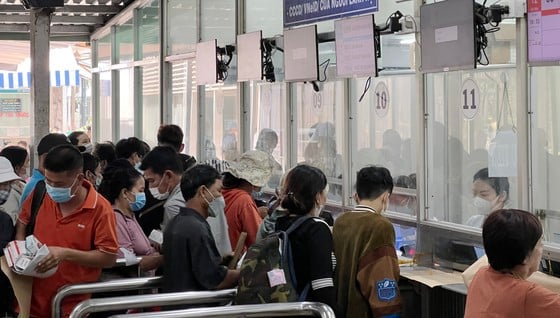 |
People waiting to receive health insurance medicine at Cho Ray Hospital. Photo: CAO THANG |
* Can co-payments be requested at different rates to give patients more options?
- I think that is something that needs to be taken into account when amending and supplementing the Law on Health Insurance. For new and expensive drugs, such as cancer treatment drugs, the co-payment rate must be different, because the Health Insurance Fund cannot cover up to 80%. When amending the Law on Health Insurance, I think there are two contents that need to be calculated and included. First, is to periodically review and evaluate new drugs and new treatment trends to update the list. This is a job that requires high expertise and is complicated, but it cannot be avoided to ensure the legitimate rights of health insurance participants. Second, it is necessary to study the co-payment rate for rare and expensive drugs.
* There are medicines and medical supplies included in the health insurance list, but the treatment facility still does not have them, so the patient must be asked to buy them outside?
- The lack of new drugs for treatment under the health insurance policy is correct. The lack of drugs and supplies in the list of health insurance payments is another story, there are many causes and it depends on the stage. At this time, through my observation, there is no general shortage, but only in some units. Letting patients pay out of pocket to buy drugs in the list is a lack of responsibility on the part of state management agencies and treatment facilities. Health insurance participants who pay in full have fulfilled their responsibilities, so the service providers must also fulfill their corresponding responsibilities.
* The project to amend and supplement the Law on Health Insurance is not included in the law-making program of this 6th session, while the Law on Medical Examination and Treatment (amended) takes effect from January 1, 2024. So, will it ensure consistency in the legal system?
- The Ministry of Health is finalizing the draft Law on Health Insurance (amended). Submitting this law to the National Assembly for consideration and approval is indeed an urgent issue, which has been repeatedly requested by voters in many localities during the 14th and 15th National Assembly terms. Personally, I think that the draft law will be considered and approved by the National Assembly in 2024, of course if the quality is guaranteed.
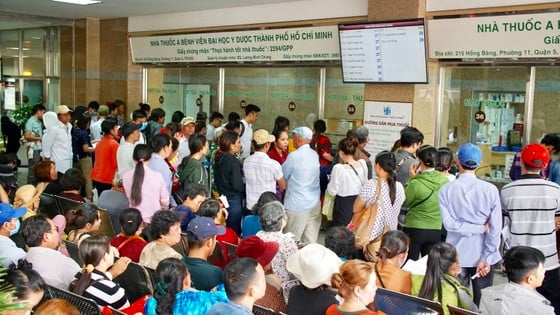 |
| People wait to buy medicine at the University of Medicine and Pharmacy Hospital in Ho Chi Minh City. Photo: HOANG HUNG |
***
* Minister of Health DAO HONG LAN: The list of health insurance drugs has no limit on types. Explaining the list of health insurance drugs at the plenary session of the National Assembly on the morning of November 1, Minister of Health Dao Hong Lan informed that from 2014 to now, the ministry has updated the list of health insurance drugs 5 times.
“The review of the current list aims to eliminate drugs with low effectiveness, safety warnings, review treatment diagnoses, determine the treatment effectiveness of new drugs compared to similar drugs already on the drug list; at the same time, evaluate the ability to balance the health insurance fund. Not every new drug invented is automatically included in the health insurance drug list. Vietnam is considered one of the few countries in the world with a relatively complete, comprehensive and expanded drug list compared to the health insurance contribution level with more than 1,000 active ingredients,” said the Minister of Health.
According to Ms. Dao Hong Lan, the list of health insurance drugs in Vietnam is listed in the form of active ingredient names, without content, dosage form and trade name, so the choice of finished drugs paid for by the health insurance fund at medical facilities is not limited by cheap or expensive drugs, domestic or foreign drugs. Based on the disease model, medical examination and treatment needs and the payment capacity of the health insurance fund, the facility builds a list to choose from appropriately. "For Japan and France, these lists are listed in the form of trade names, so they need to be updated regularly," said the head of the health sector.
* National Assembly Representative PHAM KHÁNH PHONG LAN: The list of health insurance drugs must be updated regularly and completely. I read an article citing the reality that health insurance drugs have not been updated for many years in SGGP newspaper during the break after the National Assembly session on the morning of October 30. As someone who has been involved in the health sector for a long time and has fought a lot on this issue, I see that health insurance drugs are the rights of health insurance contributors and must be updated regularly and continuously with the latest drugs in the world. This is very necessary, because it determines the quality and reputation of health insurance. It cannot be said that people are guaranteed health care by having health insurance, but in the end, the drugs are not updated; there are also no new treatment trends. It is time for the health insurance drug list to be updated fully, preferably once a year or once every 6 months, and clearly stipulated in the law.
In addition, shortening the gap between new drugs; because these drugs have been clinically researched, rigorously researched before being put into circulation in the markets of developed countries such as the UK, France, the US... but when put into the Vietnamese market, it requires many things, takes a lot of time and is very disadvantageous for patients. When we set up the health insurance policy, it is to help people reduce their out-of-pocket expenses when examining and treating diseases, but to do so, our medical examination and treatment services and drugs must ensure quality under necessary conditions.
THANH SON - ANH THU recorded
Lack of drugs and medical supplies is a persistent challenge
The Ministry of Health has just issued a quick report on the current situation and solutions for purchasing drugs and medical equipment at medical examination and treatment facilities nationwide. The report states that the shortage of drugs and medical supplies is a persistent challenge, this is not a new phenomenon and is more serious during and after the Covid-19 pandemic, affecting people's health care.
Explaining this reason, the Ministry of Health said that the world's supply of raw materials and active ingredients is scarce, the problem of price fluctuations on a global scale, inflation, energy crisis, the impact of military conflicts... have increased the input costs of pharmaceutical production. High product prices, disrupted supply chains, lack of incentives for manufacturers...
Faced with this situation, the Ministry of Health has focused on accelerating the progress of drug issuance, renewal, and registration of drug and medical equipment circulation. The total number of drugs and pharmaceutical ingredients still in effect at present is over 22,000 drugs, over 100,000 types of medical equipment. The Ministry of Health has also directed businesses to find sources of supply, especially for rare drugs; to accelerate the reduction and simplification of administrative procedures; to comprehensively decentralize the approval of purchasing authority and contractor selection plans for medical units under the Ministry; to accelerate the progress of drug procurement and national centralized bidding; to increase the publication of information for bidding; to review problems related to securing drugs and medical equipment to resolve them within their authority.
THANH SON
Source



![[Photo] President Luong Cuong attends special political-artistic television show "Golden Opportunity"](https://vstatic.vietnam.vn/vietnam/resource/IMAGE/2025/8/22/44ca13c28fa7476796f9aa3618ff74c4)
![[Photo] Prime Minister Pham Minh Chinh chairs the conference to review the 2024-2025 school year and deploy tasks for the 2025-2026 school year.](https://vstatic.vietnam.vn/vietnam/resource/IMAGE/2025/8/22/2ca5ed79ce6a46a1ac7706a42cefafae)



![[Photo] President Luong Cuong receives delegation of the Youth Committee of the Liberal Democratic Party of Japan](https://vstatic.vietnam.vn/vietnam/resource/IMAGE/2025/8/22/2632d7f5cf4f4a8e90ce5f5e1989194a)
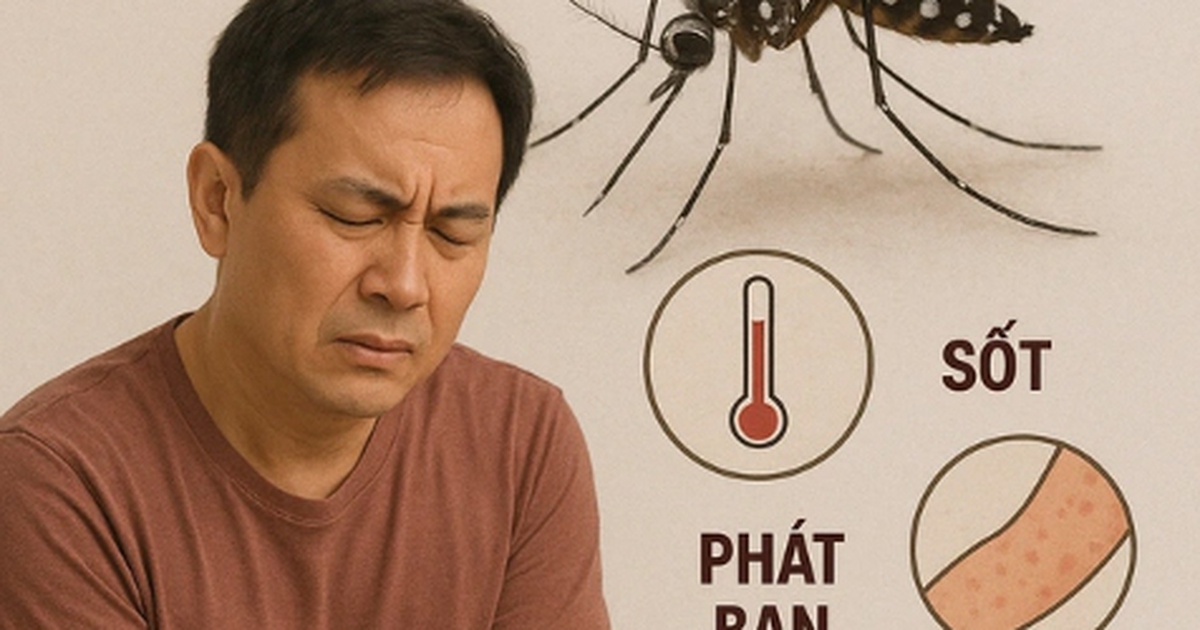



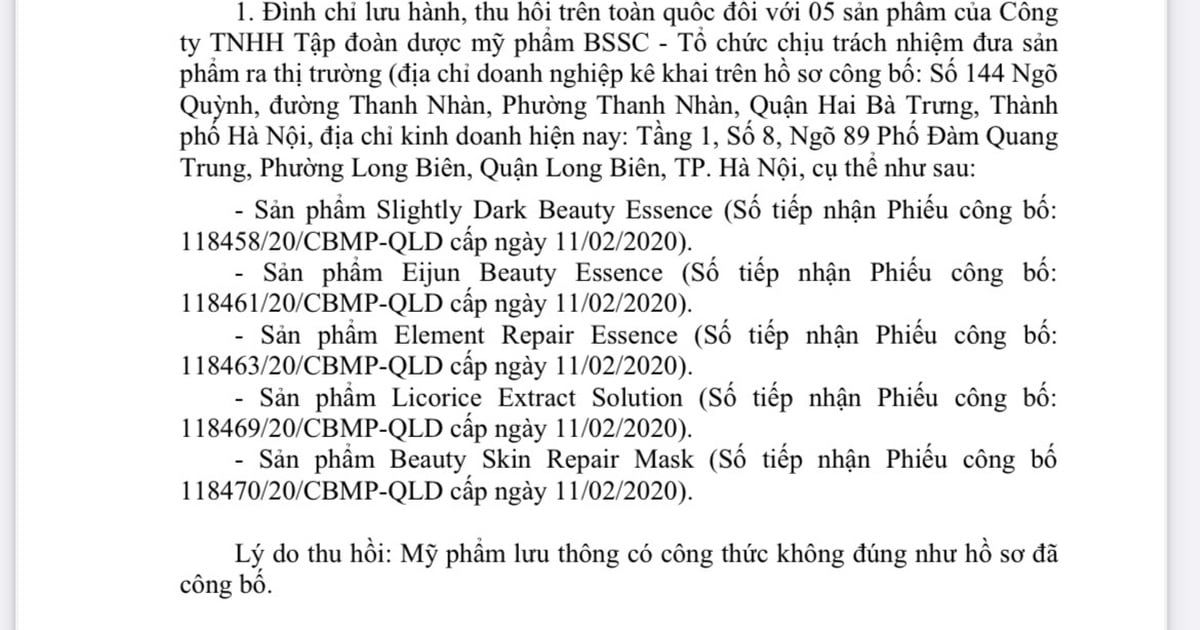
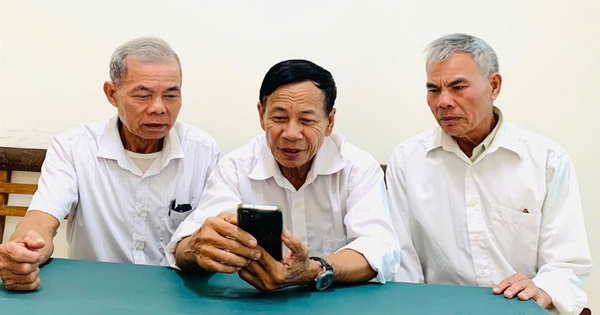








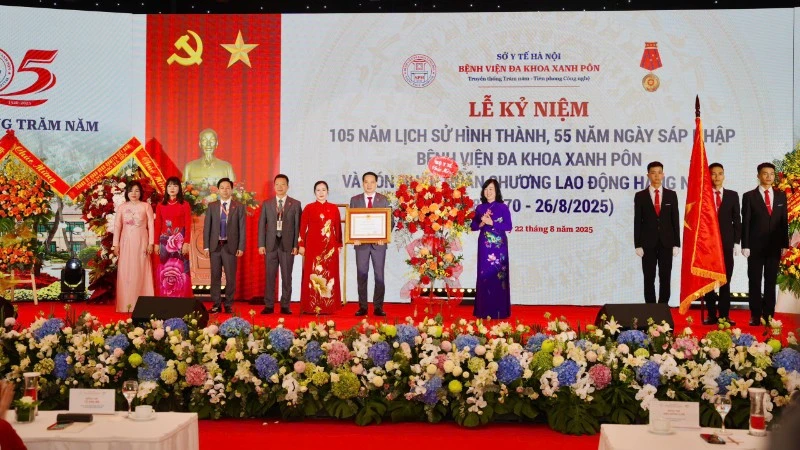













































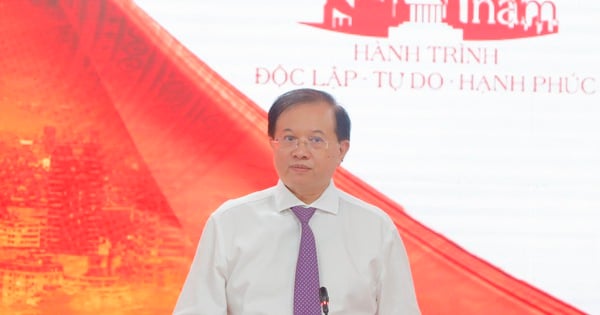


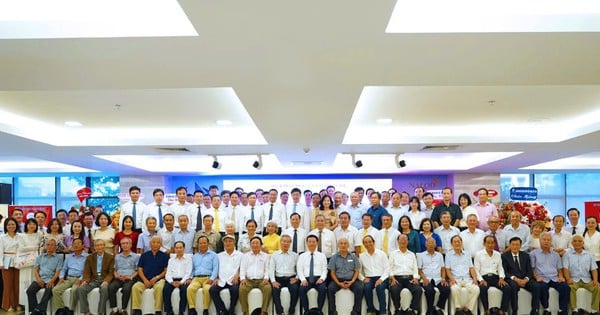
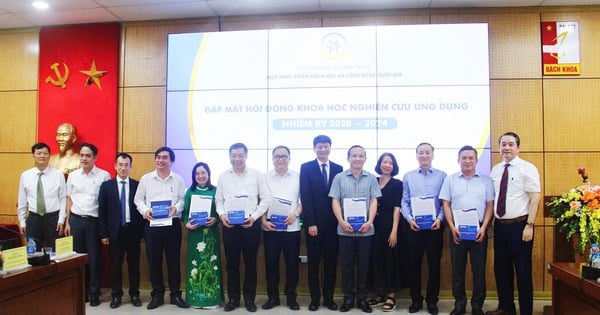
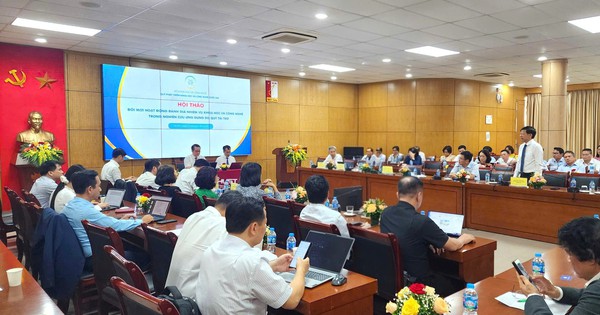

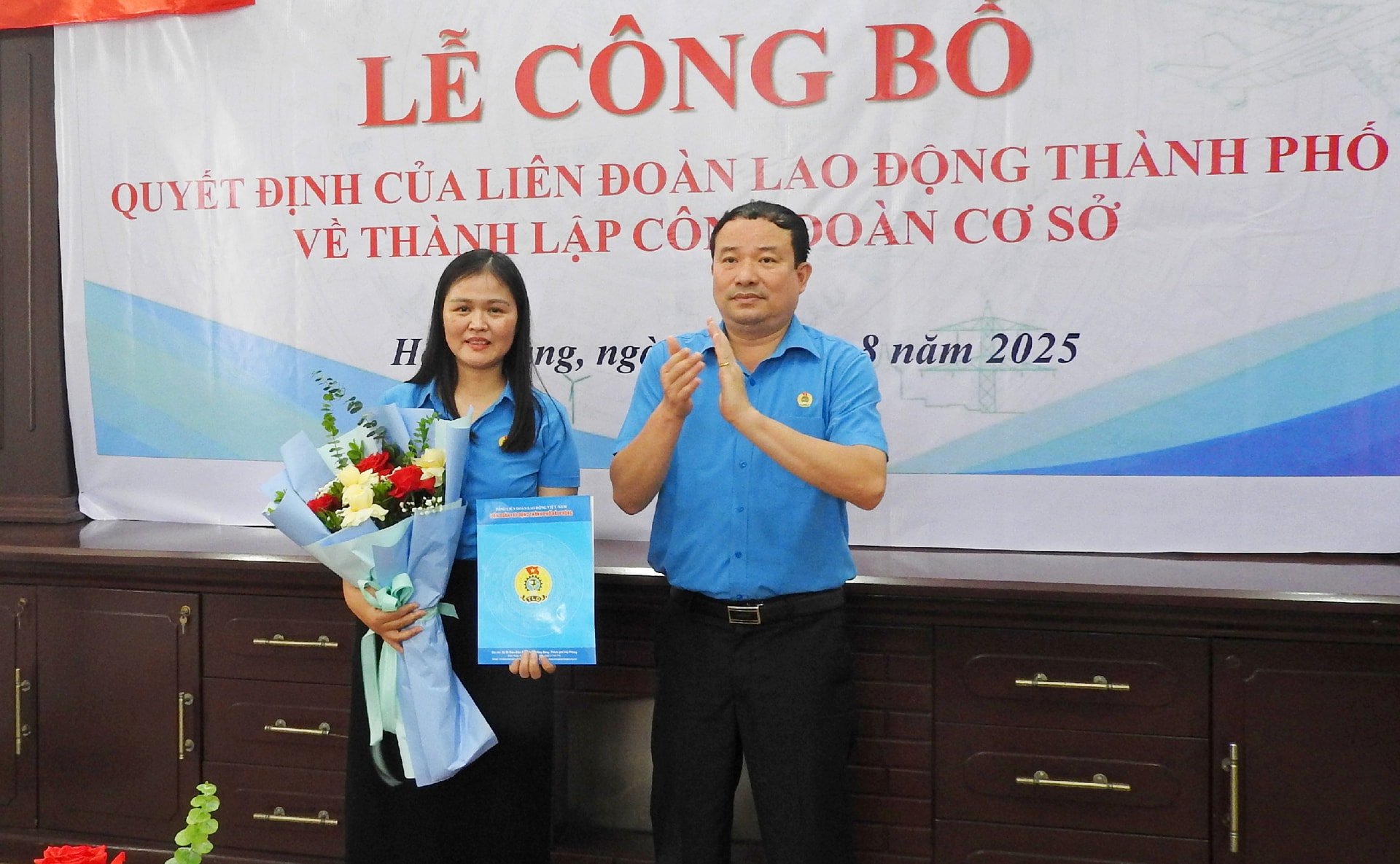



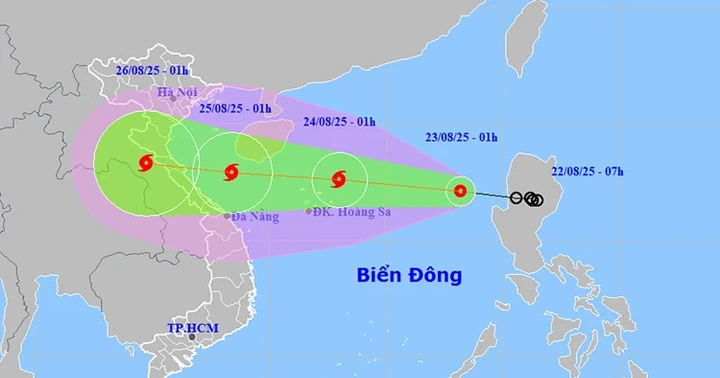




















Comment (0)